You Can Do More Than You Know!

It is often said that we overestimate what we can do in a year and underestimate what we can do in ten. This quote has never felt more true than it does right now. On June 13, 2025, I toed the line at the Tahoe 200, a 200+ mile ultramarathon around Lake Tahoe. Two weeks […]
What I learned running 100 miles!

Last week, I ran seven days in a row for a total of 100 miles. I am four weeks until the Sinister 7 ultra marathon. This last week, my coach had me simulate each of the seven legs of the race every day. On Thursday, I ran a simulated Leg 6, the most challenging leg […]
There Is A Magic That Happens When Men Come Together With Intention
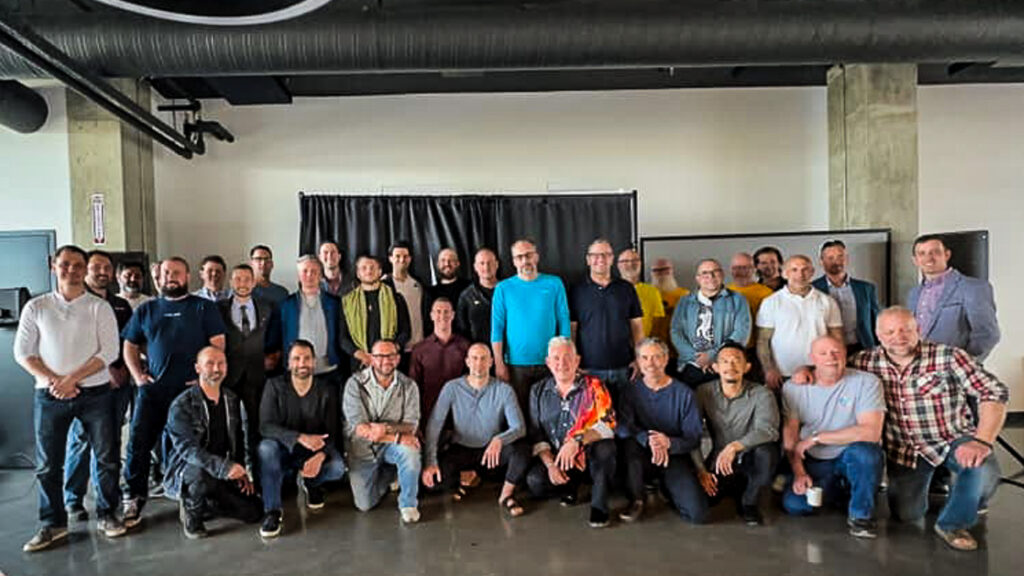
There is a magic that happens when men come together with intention. Last weekend, I was privileged to speak at an event for men. I delivered a keynote titled: Leadership from the Inside Out: The Power of Emotional Connection in Peak Performance. There were a number of speakers and organizations there supporting men. While we […]
Breaking Free from the Past: How Men Can Navigate Life with Courage and Connection

Ever feel like you’re stuck in a loop, replaying your past mistakes and wondering why you’re not moving forward? I meet many men who feel this way—trapped by their past, regardless of their current success or status. I’ve worked with seven-figure entrepreneurs, CEOs, and regular Joes, and it’s a common theme: We dig into our […]
Cultivating Non-Judgmental Listening Skills: A Guide for Male Leaders in the Workplace

Steve (fictional name, true story) had fucked up in a big way. He knew it, and as the leader of the organization he worked for, I knew it too. What I did not know, however, was why this had happened. The mistake was big enough that he could have, and possibly should have been, terminated […]
Men, It’s Time to Stop Hiding

Last week I had a beautiful reminder of one of the most important aspects of healing, in particular for men. I attended a fundraiser luncheon for the Little Warriors Be Brave Ranch. The Little Warriors is an organization that creates spaces (https://littlewarriors.ca/be-brave-ranch/) and programs for children who are victims of childhood sexual abuse. Their mission […]
Intentions Over Outcomes
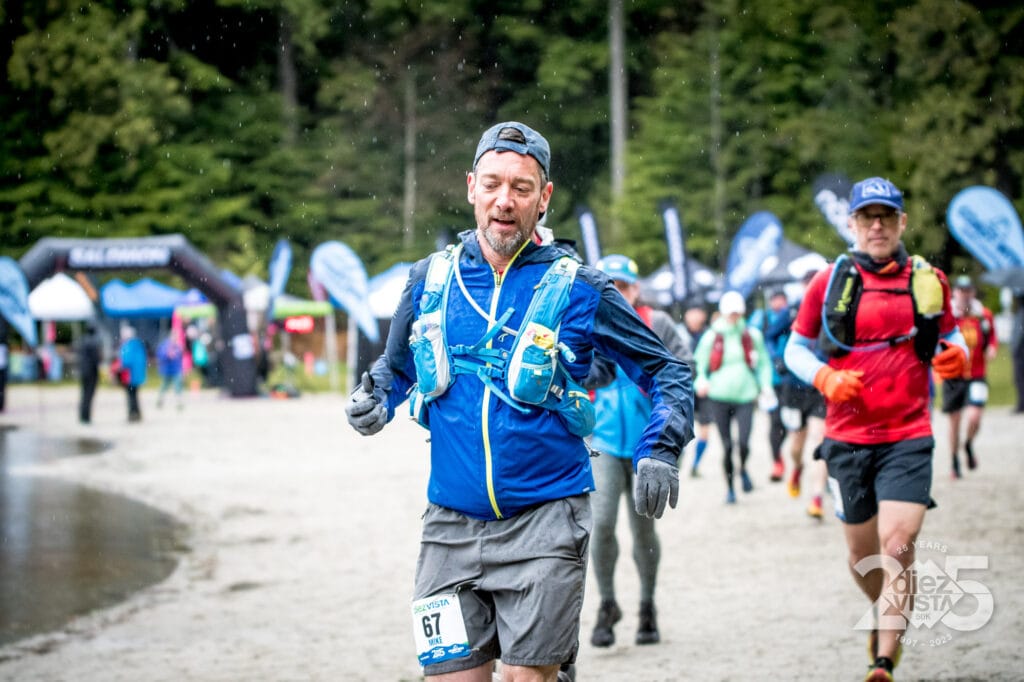
I have written a bit on why I stopped using the term goal and shifted to a new paradigm of finding alignment with outcomes. Language matters. When I shift to setting an intention rather than obsessing about an outcome, I commit to how I am going to show up. I do not commit to a result that is often largely out of my control.
This mental shift has been incredibly liberating and a welcome way to remove unhealthy stress in my life. It doesn’t mean that I do not hold myself accountable to how I show up. It just means that commit to the process, not the result. The following story of an ultramarathon I ran Easter weekend was a great example of this concept.
Shut the Duck Up! How to Manage Negative Self-Talk Holding You Back

“You’re in a fight against an opponent you can’t see, but you can feel him on your heels can’t you, feel him breathing down your neck. You know what that is? That’s you, your fears, your doubts and insecurities all lined up like a firing squad ready to shoot you out of the sky. But […]
How Stories Can Motivate Men to Prioritize Mental Health
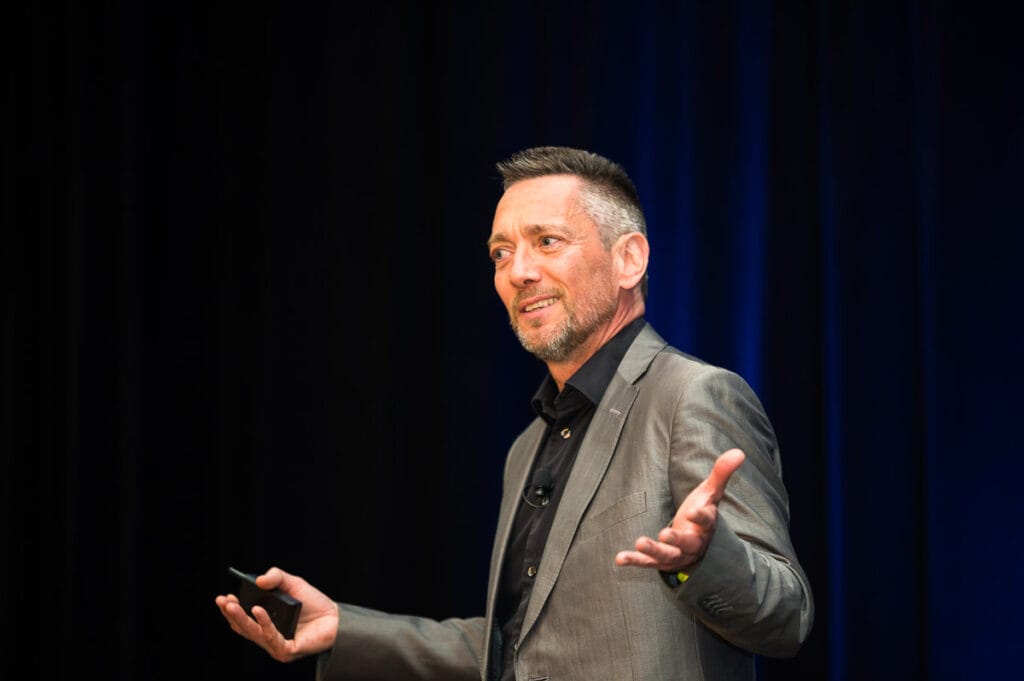
I could sit here and share statistics with you all day that tell you why Mental health is a critical aspect of our overall well-being. But, the fact is it is often overlooked, particularly among men. I could tell you that based on a recent study of men in the workplace: 55% of men reported […]
Is Vulnerability in Leadership Bullshit?
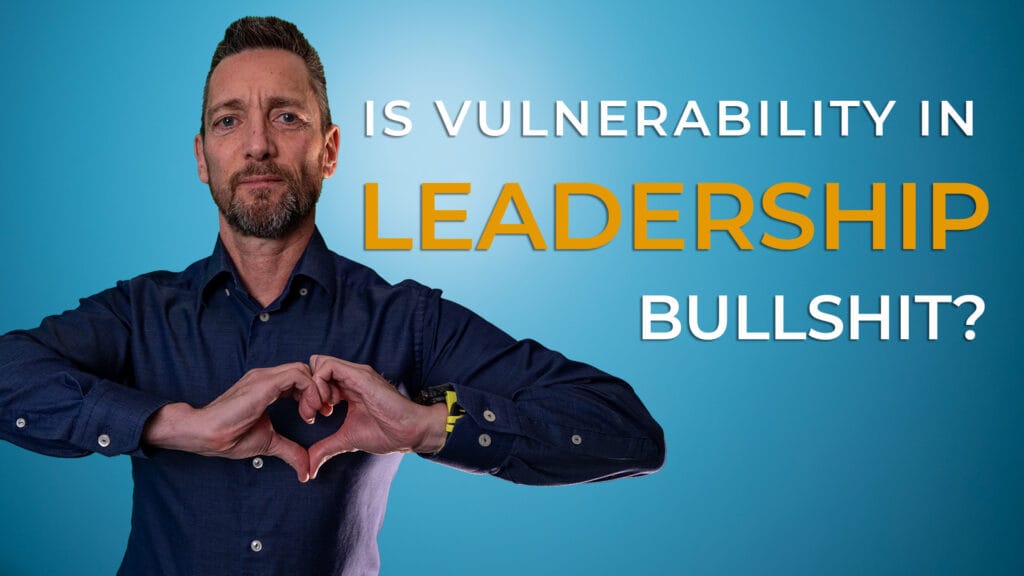
I have been a student of leadership for over 30 years. In recent years there has been a lot of talk about the power of vulnerability in leadership. However, many leaders I work with are highly skeptical about this concept. I hear a lot of similar viewpoints. “Yeah, they say that is what they want […]
Are You Having a Midlife Crisis?

Is it really a midlife crisis? Many men spend most of their lives trying to live the life they believe they are supposed to live. They are supposed to be the provider, the protector, the ‘man’. Most do this at a great cost to self. They suppress their own needs, wants and desires in order […]
Men’s Mental Health: Self Awareness Is Key
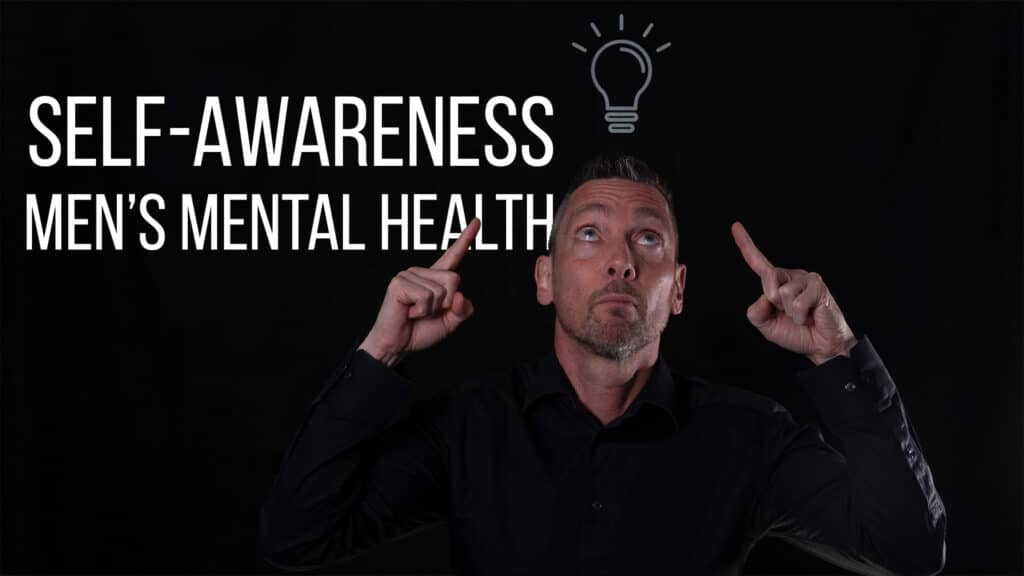
This one little shift will drastically increase your ability to reflect and grow. This little tip for me was a real key in moving from self-reflection to true self-awareness. When it comes to building resilience and strength so much of it comes down to the language we use as we explore. In order to build […]
Men’s Mental Health: Why Emotional Fitness Matters
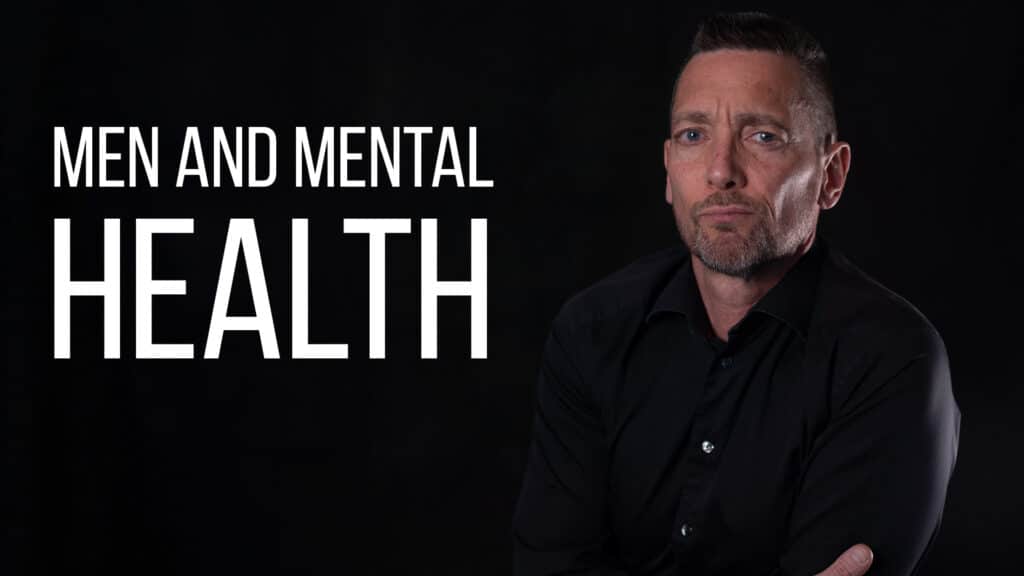
Why do so many of us men resist the mental health label? This is a conversation we need to have much more of. There are some unique societal pressures on men that create some unique challenges which ultimately require us to take some unique approaches when it comes to men’s mental health. Men everywhere are […]
Drew Dudley – A Man Falls Into a Hole Keynote
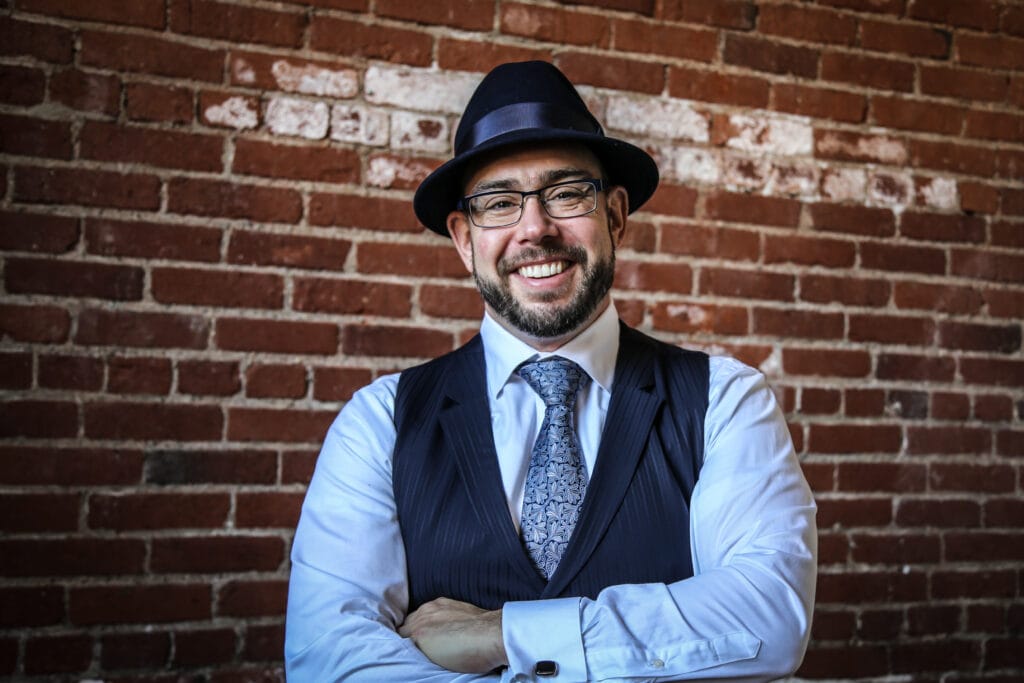
This inspiring keynote is from our recent Love Letter to Men: A Celebration of Men’s Mental Health forum.
Four Ways To Get Unstuck: Avoiding the How-to Trap

Yesterday I was speaking to someone who is a top performer in her industry. I mean not just “successful” but the top 1% of the industry. It has been very gratifying to watch her success over the years. You see she actually started her career with me some 15 years ago. I have been incredibly […]